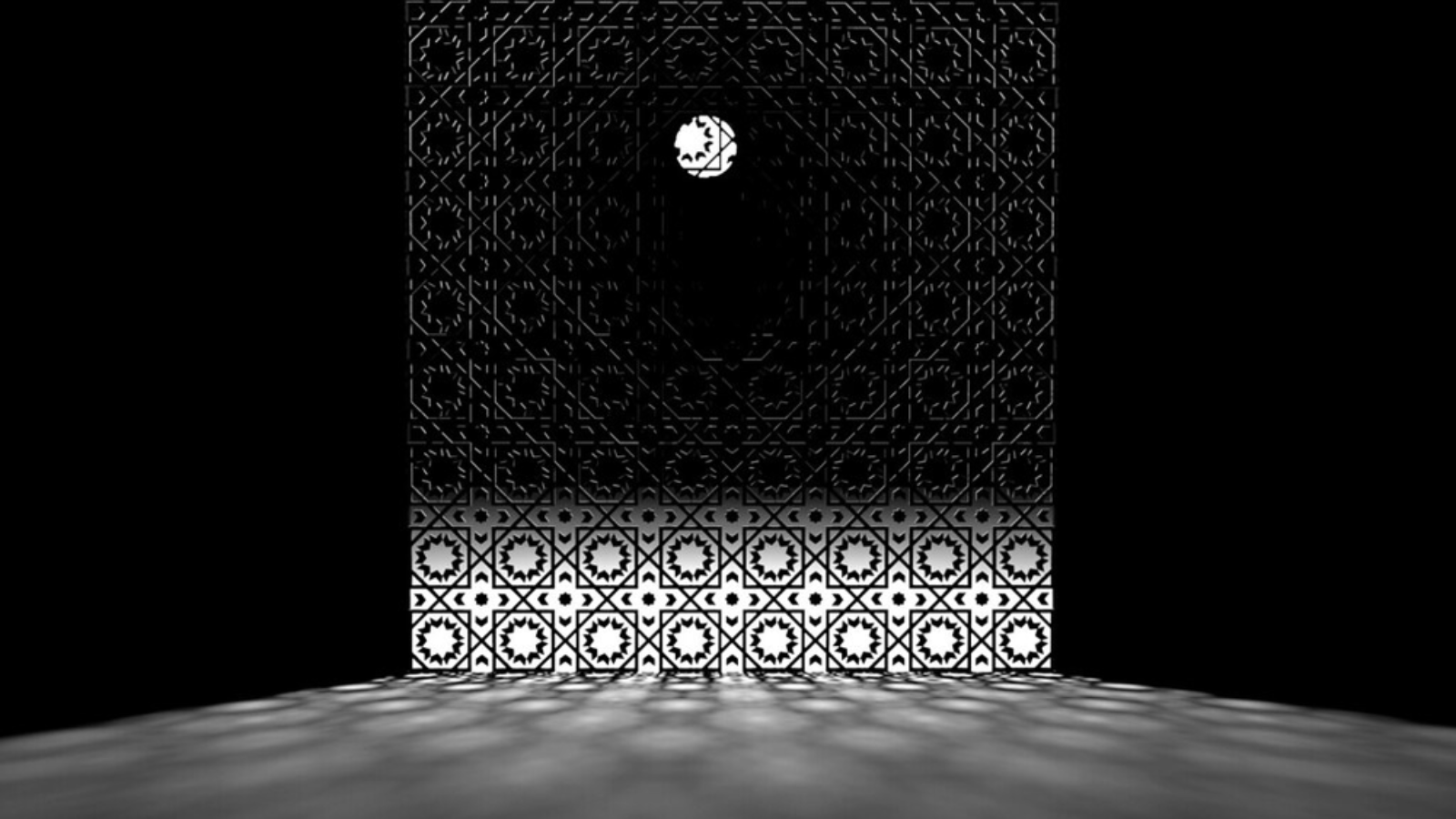
Psychology Responds to Physiology
In my last blog post, I spoke about the way we use addiction as a means of dealing with chronic nervous system dysregulation, aka trauma. When we experience a traumatic event, and find ourselves stuck with too much or too little nervous system charge, something psychologically resourceful happens as a result, and this something deserves attention.
Humans are incredibly inventive. We are creators by nature. Each word, movement, and impulse is a creative endeavor. We need not travel to the Vatican to view the Sistine Chapel, or to Giza to see the pyramids to appreciate humans’ artistic flare. Art, in all its styles, is a testament to the ever-changing nature of our minds—constantly seeking expressive form.
Mind, Body + Creativity
This knack for creativity is not lost in our psychology, nor in our trauma patterns. When we experience an event that is too much for our nervous system to handle, it is usually too much for our psyche to handle as well. Our body bears the burden of the trauma through dysregulation and secretion of stress hormones, and this burden delivers our psyche a major blow through fragmentation.
This aspect of trauma was pointed out long ago by Sigmund Freud (who was actually building upon the even earlier work of the French physician Jean Martin Charcot) when he said:
“It essential for the explanation of hysterical phenomena to assume the presence of a dissociation, a splitting of the content of consciousness” (van der Kolk, B. A., Weisaeth, L., & van der Hart, O., 1996).
While depth psychology still refers to this splitting as the displacing of conscious psychic content into the unconscious, there are newer models that build upon this outlook without contradicting it. I love it when new models of thought build collaboratively. One such model is that of Richard Schwartz: Internal Family Systems or IFS.
Internal Family Systems
In this model, Schwartz lays out the internal makeup of our psyche (and the way trauma affects it) by delineating and working with the relationships between different internal parts (Schwartz, 1995). While so-called parts work began long before this model was developed, it is this model that offers an excellent articulation of the role that protection and protective parts play in our psyche.
According to IFS, when we experience a traumatic event, an elaborate process begins to preserve fundamental and precious aspects of our psyche. Imagine a three-year-old boy is wearing a tiara and playing with dolls. As he attempts to care for one of the dolls by combing its hair and putting it to bed, he is immersed in a developmental exploration of what it means to be receptive, loving, and to embody many of the traits traditionally regarded as feminine.
And then, into the room walks his homophobic father. Immediately, his father rips the crown from his head, throws the doll across the room, and verbally assaults the boy for acting so “queer.” The father berates the boy, telling him to toughen up and play outside with the baseball instead.
Survival Strategy
This boy’s psyche (and heart) is in a terrible bind. On the one hand, he feels naturally inclined to learn what it means to be gentle and loving through play, and on the other hand, his father—whom the boy depends upon for survival and healthy emotional development—has made it clear that this exploration is not allowed.
In this moment, the psychological part of the boy that was working to understand softness and caretaking is no longer safe to show itself. If this part continues to play with dolls, it could mean paternal abandonment, which could not only cause emotional turmoil, but could also mean being cast out of the family, and ultimately starving in the woods somewhere (especially in the eyes of a three-year-old).
Of course, this level of survival response is not within conscious awareness for the three year old, but his nervous system surely interprets the situation as that drastic, and his psyche must therefore comply and adapt. Sadly, playing with dolls just became impossible.
Protectors + Exiles
As this tender, exploratory part of our three year old is no longer safe to show itself, the child’s psyche—very creatively—splits this part—what IFS calls an exile—off from waking consciousness and creates what IFS calls a protector part, to stand guard over its imprisonment.
A protector part is designed to do one thing: help us survive. Being the social creatures we are, survival often looks like social inclusion, parental obedience, or societal compliance. Our desire to connect, and be a part of groups is inherently related with our survival and health (Harandi, Taghinasab, Nayeri, 2017 & Shultz, Opie, Atkinson, 2011). By hiding parts of ourselves deemed socially unacceptable, our protectors often secure our social survival, but at a painful price.
Our three-year-old, for example, might develop a toxic masculinity protector (an all too common protector part) in order to stay in favor with his father. This protector might show itself in a rigid, tense body structure as the boy grows. It might be homophobic, misogynistic, and preach “hard-knock life” views of the world where tenderness and heart are not necessary. Such a protector, in his case, would have worked quite well to mask any desire for softness or caretaking, thus keeping the “dangerous” traditionally feminine side at bay.
This kind of protection tends to form in our early childhood, and can live on in us our entire life if uninterrupted (Flores, 2004; Benfield, 2018). It is a very creative survival method. What is not so creative is the way it becomes chronic, and forms a static barrier to authentic living.
Addiction as Protection from Pain
At its least harmful, addiction is a subtle distraction. A slight nagging to look away from where we are and what we are doing. At its worst, it can lead us to death: permanently removing the need to face the parts of ourselves that have been exiled, and the pain that came with their removal.
Any of us who have struggled with addiction (of whom I am one) or have watched those around us struggle: it is easy to see the way addictive behavior gives us temporary distance from depression, anxiety, existential confusion, physical pain, etc.
This is addiction as protection. When we are high, drunk, or engaged in high dopamine compulsions of all kinds, we feel less. This is obvious. But, what is not as easily noticed is the way protection becomes addiction.
There are people, and schools of thought, that view addiction as a life-long disease. The verdict is still out on whether or not this is empirically verifiable. But, working with addiction as a protector part, seems to create some level of freedom from addiction: I have seen it in myself, and those with whom I have worked.
Identify + Disidentify
For many of us, there is a part of ourselves that did not get taken care of by those who were charged with that essential task. And for some, this part was severely abused: like our three year old shamed for playing with dolls.
When this happens, there is a tremendous amount of hurt and betrayal, which is too much for a child to process. In this situation, our creative psyche often designs a protector part with an insatiable hunger to distract attention away from this chaos, uncertainty, and pain, while simultaneously attempting to get any amount of satisfaction we can out of life.
This protector part is the little addict inside. Each of our cute—but incredibly fussy—little addict parts is different, and some of them are doing slightly different tasks. But, once we have identified them, and disidentifed from them, we can begin to take care of them in a whole new way.
Feeding Your Demons
There is a practice I was recently introduced to called Feeding Your Demons. This practice was developed by a modern Buddhist teacher and one of the first Western women ordained as a Tibetan Buddhist nun: Lama Tsultrim Allione. In one part of this practice, we locate demons within ourselves much in the same way we locate protectors in parts work. (For full explanation of the practice)
We start by feeling the physiological dysregulation in our bodies. As we do so, we get a felt-sense of what it’s like to be our demon. Then, through practice, we loosen the strings of our mind and allow our creativity to engage. We personify the demon within, and find a visual image of them.
Once located, we inquire as to what it is they need through compassionate dialogue, and begin to imaginatively feed them something more substantial than their drug of choice.
This new form of healthy feeding is essential, because let’s face it, our internal addicts are very hungry. My little guy loves ice cream sandwiches.
In parts work therapy, we do a very similar practice of locating our protectors and establishing a relationship with them. We thank them for the protection they have given us and attempt to give them the care they never received. In the case of our internal addict part, this work alone can be quite powerful.
Sobriety Beyond Abstinence
Often as our protectors calm, we find exiled parts of ourselves needing new forms of healthy protection before they are comfortable enough to come out and play with their dolls again. This is patient and beautiful self-work. Work often made infinitely easier with the help of a competent therapist. It can provide a path out of the impulse to use drugs and alcohol, as opposed to a path merely out of use itself.
Just as our creativity served us in the isolation of our precious parts, or in the creation of protectors, so too can it work wonders in restructuring and healing these parts. Watching the intuitive process of people locating their little addicts, and the colorful ways they personify, care, and nurse them back to health is a treat that I revel in in my work: almost as tasty (and messy) as an ice cream sandwich.
Learn more about somatic therapy.
—————————————————————————————————————————




